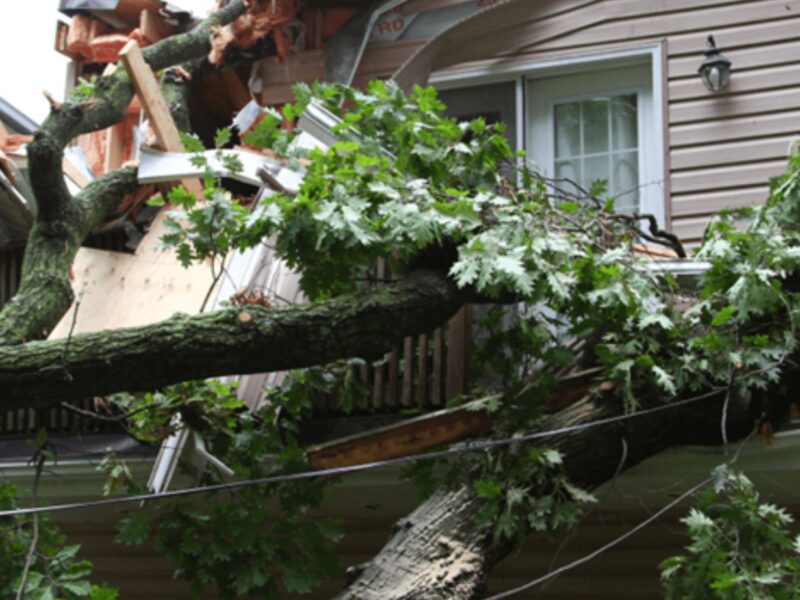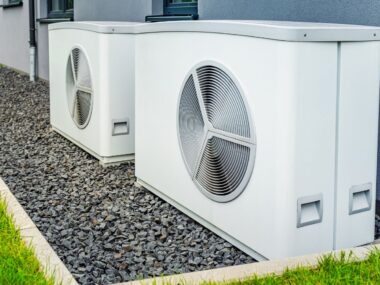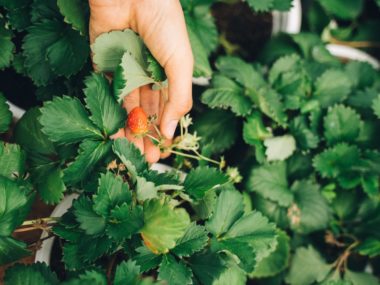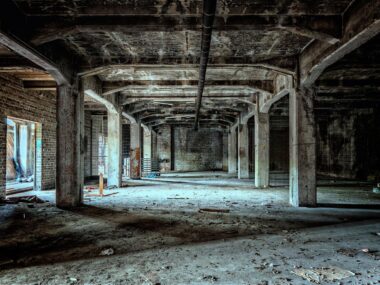Trees are an important part of our environment. They offer shade and beauty and create homes for animals. However, if they are not well taken care of, trees can be very dangerous, especially during storms. In fact, a falling tree can cause massive damage to your house; it can also lead to personal injury or even death. Thus, it is necessary that homeowners take proactive measures that will keep their houses safe from any tree-related accidents. This post provides steps on how you can prevent a tree from falling on your house, as shared by an arborist in Toronto.
Frequent Tree Inspections
The initial step towards stopping trees from falling on your house involves inspections done regularly. Many people do not pay attention to the health of their trees until when everything is too late – but that should never be the case. Early detection prevents potential hazards from occurring later on, therefore saving lives and property. Professional arborists in Toronto have skills to check overall tree health while identifying weak points or disease signs.
Look Out For Dead Or Dying Branches: When a tree is in trouble, dying branches usually serve as the first warning sign. More often than not, during stormy weather, such limbs may snap off, thereby endangering nearby structures, including your home.
Identify Disease Symptoms: Fungi growing around stem bases, discoloration of leaves, and strange patterns on barks, among others, may indicate infection with some pathogen causing sicknesses among plants; this lowers stability, making them prone to fall down events.
Examine Trunks: Internal decay could set in leading to cracks inside trunks hence compromising stability if cavities appear at any point along it then chances are high that rot has already started eating away at foundational tissues thus weakening the entire structure considerably.
Pruning And Trimming
Proper pruning and trimming are crucial for tree health and stability. Too many branches growing too close together can create top-heavy trees that are more likely to fall over in a storm.
Remove Dead Or Weak Branches: Prune off any dead or weak branches regularly especially those likely to break during storms; doing this not only reduces chances of falling down but also stimulates emergence of healthy sprouts from affected parts thus improving overall appearance.

Shape The Tree: Trimming allows proper shaping hence balanced growth where one side does not become heavier than another leading it becoming lopsided thereby causing instability which would eventually result into falling down due to wind pressure exerted against such an uneven weight distribution at different points along its stem length.
Root Health And Soil Conditions
A tree is as strong as its roots. Damaged roots or poor soil conditions can undermine the stability of a tree, making it more likely to fall.
Avoid Root Damage: Roots near the base may get injured by construction work or heavy foot traffic during landscaping activities so keep them protected against these hazards.
Test Soil Moisture: Overwatering may lead to waterlogged soils while underwatering causes dryness; both extremes weaken root systems, hence compromising their ability to anchor trees firmly into the ground, thereby predisposing them towards tipping over easily when subjected to even the slightest external forces like strong winds blowing against their trunks. Therefore, ensure good drainage around your yard plus enough water per time needed by plants growing there in order to maintain ideal moisture levels throughout the root zone system around each individual tree within the premises.
Mulching: Apply mulch around the base of each tree for moisture retention, temperature regulation, and nutrient provision, which enhances robustness at the root level
Appropriate Positioning of Trees
When it comes to preventing a tree from falling on your house, one of the best methods is to ensure that you plant it in the right place from the beginning. Proper tree placement involves taking into consideration its root spread, mature size, and proximity with structures.
Mature Size Should be Considered: You should think about how tall and wide a tree will grow when fully mature before planting it. Avoid planting large trees too close to your home or other buildings.
Avoid Power Lines: Never plant any kind of trees either under or near power lines since this can create hazardous conditions as they grow. In some cases, such trees may need removal if they are found threatening power lines.
Seek Advice from Arborist: If you are not sure where exactly should one plant their trees or whether an existing one is too close to their house; then consulting with arborists in Toronto would provide expert guidance on this matter.
Being Prepared for Emergencies
Trees may still fall due to natural occurrences like storms even after doing everything possible on our side. Therefore, preparedness during such emergencies can help minimize damages caused as well as safeguarding lives within our households.
Emergency Plan Is Necessary: Have a plan that indicates various ways that people can evacuate around their homes, plus where they should meet up once affected by this kind of situation, such as having had a tree fall on top of it.

Prune Trees Before Storm Season Approaches: It is advisable that people conduct regular checks on their trees so as to trim off weak branches ahead of stormy periods since these could easily break and fall down, thereby causing harm or damage to something else nearby.
Purchase Insurance Cover: Ensure your insurance policy caters for any losses incurred through falling objects like trees onto houses; hence financial support during accidents can be provided through such measures.
Determining When To Cut Down a Tree
At times, the only sure way of preventing trees from falling on our houses is by simply cutting them down altogether. Although this may seem hard, there are situations where tree removal becomes necessary in order to ensure safety.
Dead or Dying Trees: Remove any dead or dying trees since they pose a greater risk if left standing. Experts can take them out without causing harm to other properties.
Leaning Trees That Pose Danger: If there’s a tree that is leaning too much towards your house, then chances are that its fall will be disastrous; therefore, cutting it off could be the only option available.
Extensive Root Injury: In case roots underneath become severely damaged such that their support becomes impossible for any given plant; then removing might just do fine.
Conclusion
Keeping trees from falling onto homes calls for regular care, maintenance and sometimes tough choices have to be made. You can greatly reduce the chances of a tree falling on your property by following these steps provided here. For better outcomes hire an arborist based in Toronto who has relevant experience dealing with such cases as yours may need special attention. It’s worth protecting both family and home hence don’t hesitate!






